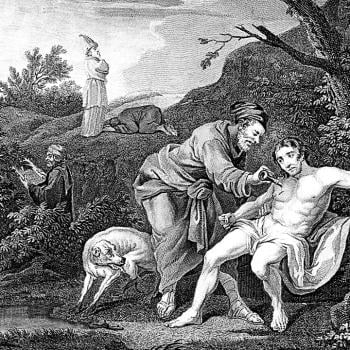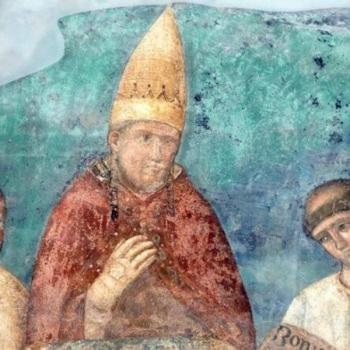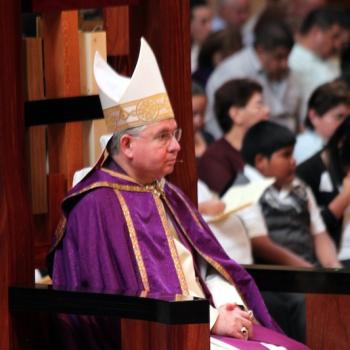Today we celebrate the Feast of the Dedication of the Roman Basilica of Saint John Lateran. Celebrating the day on which a church was dedicated is a long-standing tradition usually celebrated by the particular parish, but what’s so special about Saint John Lateran that the whole church celebrates it? An inscription at the entrance of the Basilica tells us why: Sacros Lateran Eccles omnium urbis et orbis ecclesiarum mater et caput. Translation: Holy Lateran Church, mother and head of all the churches of the city and the world.
The basilica was built by order of the Roman Emperor Constantine in the early 4th century as a public building for the bishop of Rome to hold liturgies and to reside. Named The Church of the Divine Savior and dedicated in 324, it was later dedicated to both Saint John the Baptist and John the Evangelist. The word Lateran was attached to describe its location since it was built on land previously owned by the Lateran family.
The basilica became the main church of Rome since it was the Pope’s church. The Apostolic Palace where the Pope lived for approximately 1200 years was attached to the basilica. The Pope is Pope because he is the bishop of Rome and the Basilica of Saint John Lateran is the cathedral of the bishop of Rome. In the way every cathedral in the world has a cathedra or chair where only the bishop sits, at Saint John Lateran one finds the Papal throne, the cathedra of the bishop of Rome. Since the Lateran Basilica is the Pope’s church, this truly makes it the mother and head of all the churches of the world.
By celebrating the dedication of this beautiful and magnificent church we celebrate the Roman roots of our church. We celebrate the shepherding of 265 Popes who have deeply impacted the Church and the course of world history. We celebrate our faith in Jesus Christ defended and guarded by the Bishop of Rome and successor of Saint Peter.
Click here to get a more complete history of the Lateran Basilica












